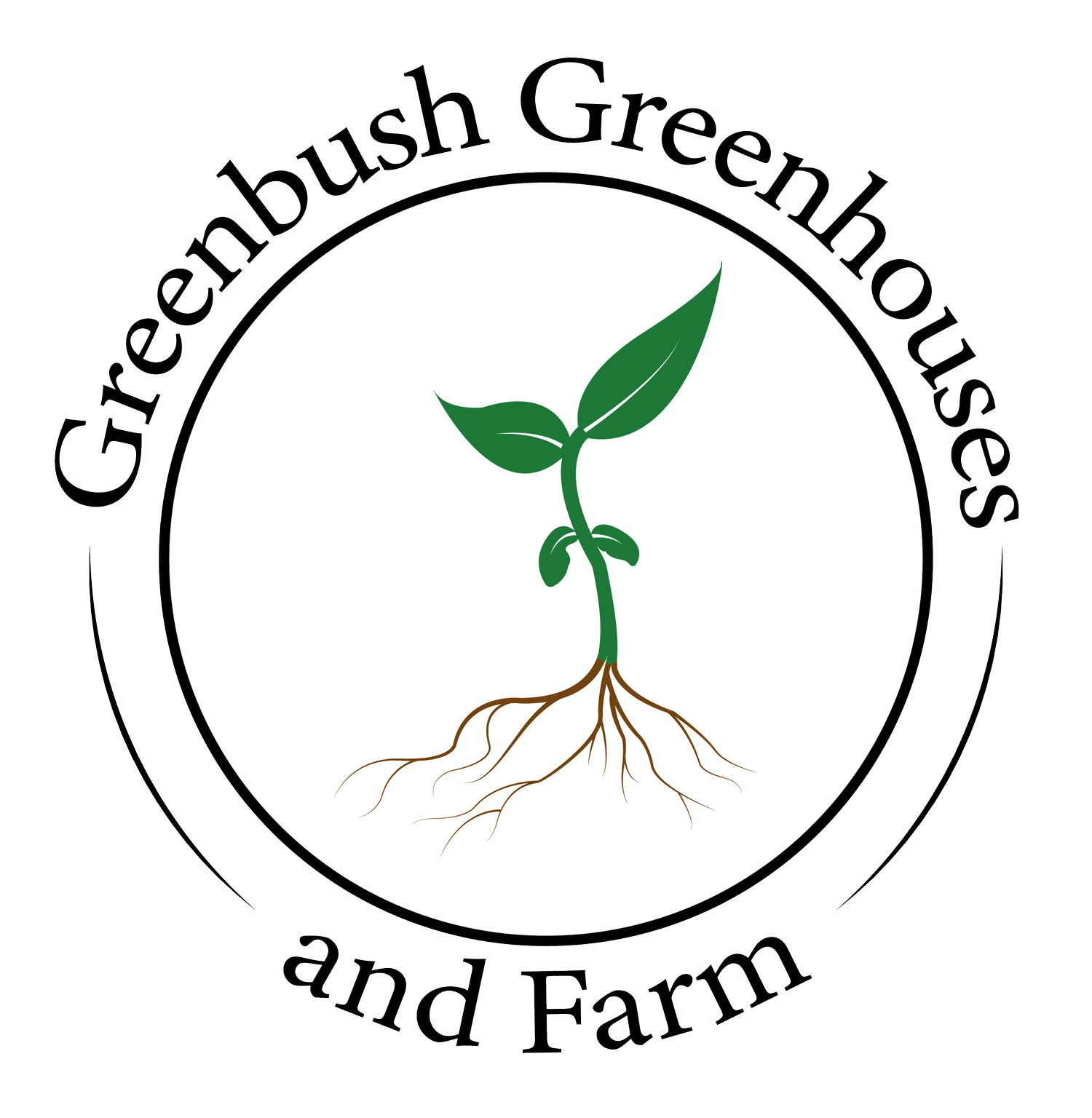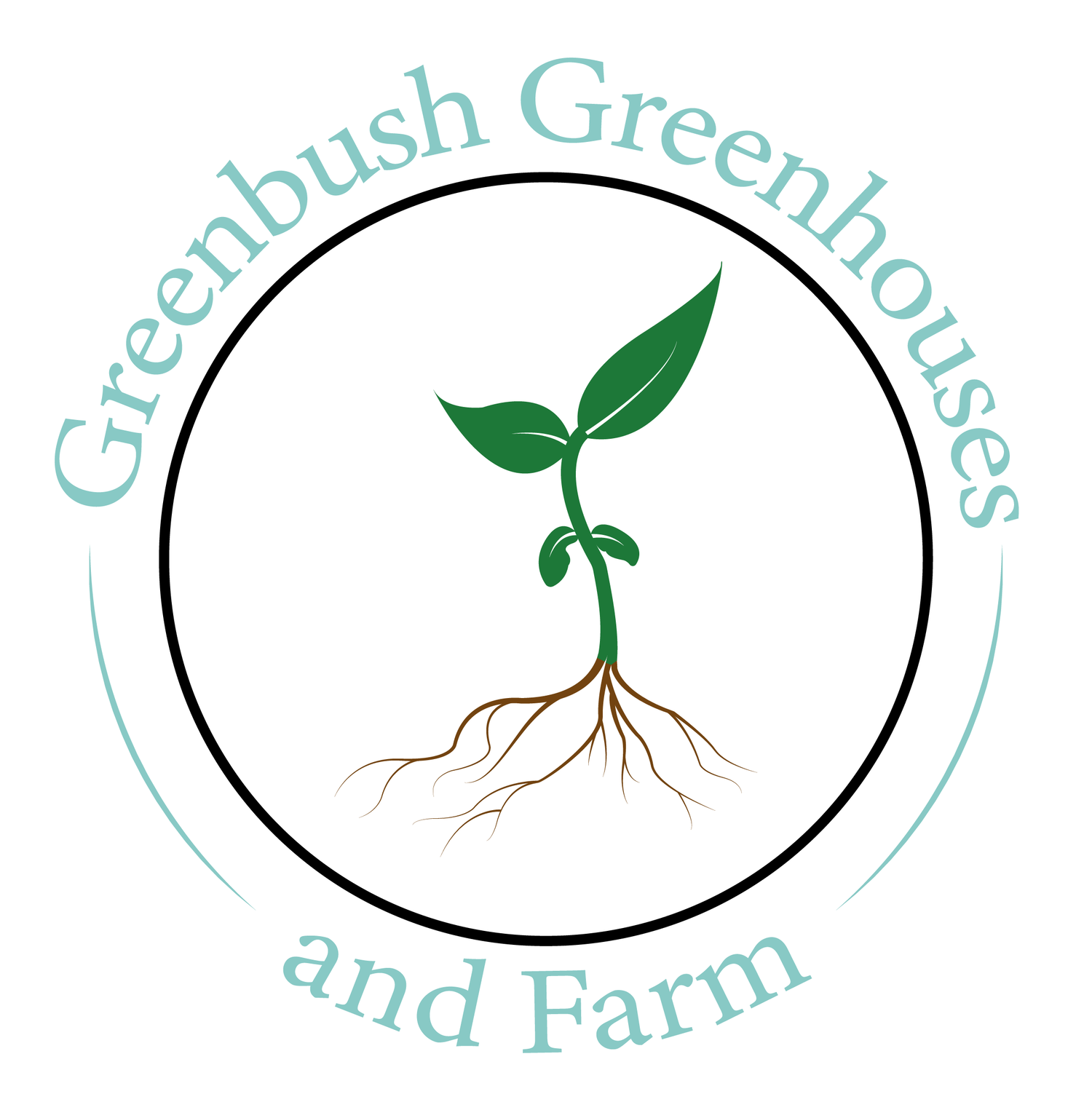Growing plants from seed - tips
Easy Steps to growing your veggies from seed at home. This is a list of best practices.
1) Light
Light is required once seedlings start to grow. It helps prevent stretching and produces better quality plants. Fluorescent shop lights or grow lights found at hardware stores can be used. Place the light 2 inches above the seedlings and move it higher as seedlings grow. Leave the light on for 16 to 18 hours per day. The idea is to add supplemental light (more light) and to extend the day length. If you don't have lights, then that's okay. You can grow your seedlings without additional light.
2) Temperature
Aim for substrate temperature of 20 to 24ºC (via bottom heat). Purchase a seeding mat from a local garden center. Aim for air Temperature of 18 to 26˚C.
3) Seedling Trays
Anything with drainage can be used to grow your seedlings.
4) Potting Soil
You will need a quality potting mix. It is best not to use garden soil in pots. Fill the trays will potting mix, tap the tray lightly on the table, and add more potting mix to any cells that don’t have enough media in them. You should be able to see the ribs of the cells. Trays should be lightly and uniformly filled for best germination and growth. Do not compact the media, seeds, and plants roots need oxygen to grow.
5) Seeding
West Coast Seeds has a fantastic chart of what to grow from seed indoors and when.
https://www.westcoastseeds.com/.../regional-planting-charts
Some seed packages contain germination % on them. This gives you an idea of how many seeds to sow per cell. If the germination % is 90% and higher – 1 seed per cell / 75% to 89% - 2 seeds per cell / less than 75% - 4 or more seeds per cell.
For larger seeds, you may need to make a dibble in the center of the cell (gently press down and create a little compression for the seed). The general role is to cover the seed as thick as a ¼ of the length of the seed. Generally, the larger the seed the more covering material one applies. Use some potting mix as the covering material.
6) Watering
This is the most important part of germinating your seeds. Proper moisture management is key. Not too wet and not too dry. Mist your seeds to keep the soil a light brown colour (not dark brown or black), use a spray bottle on the mist setting, and watch out to not blow the smaller seeds out of the cells. As your seedlings grow they should undergo cycles in moisture from wet to almost dry.
7) Fertilizer
Garden centers sell many different types of fertilizers. Slow-release products work well. There are also many different organic fertilizer options. It is best to follow label instructions for rates etc. Start fertilizing when you have two true leaves present.
8) Seed Storage
The optimum is 5 to 10oC. Do not freeze the seeds. When storing seeds, moisture should be minimal so it is best to keep seeds in a sealed container or mason jar. Use some silica gel desiccant in the container to soak up the excess moisture. When the gel changes colour from blue to pink, dry it by placing it in an oven at 110 to 180˚C until the colour changes back to blue. A microwave oven can also be used.
Happy Seeding!

